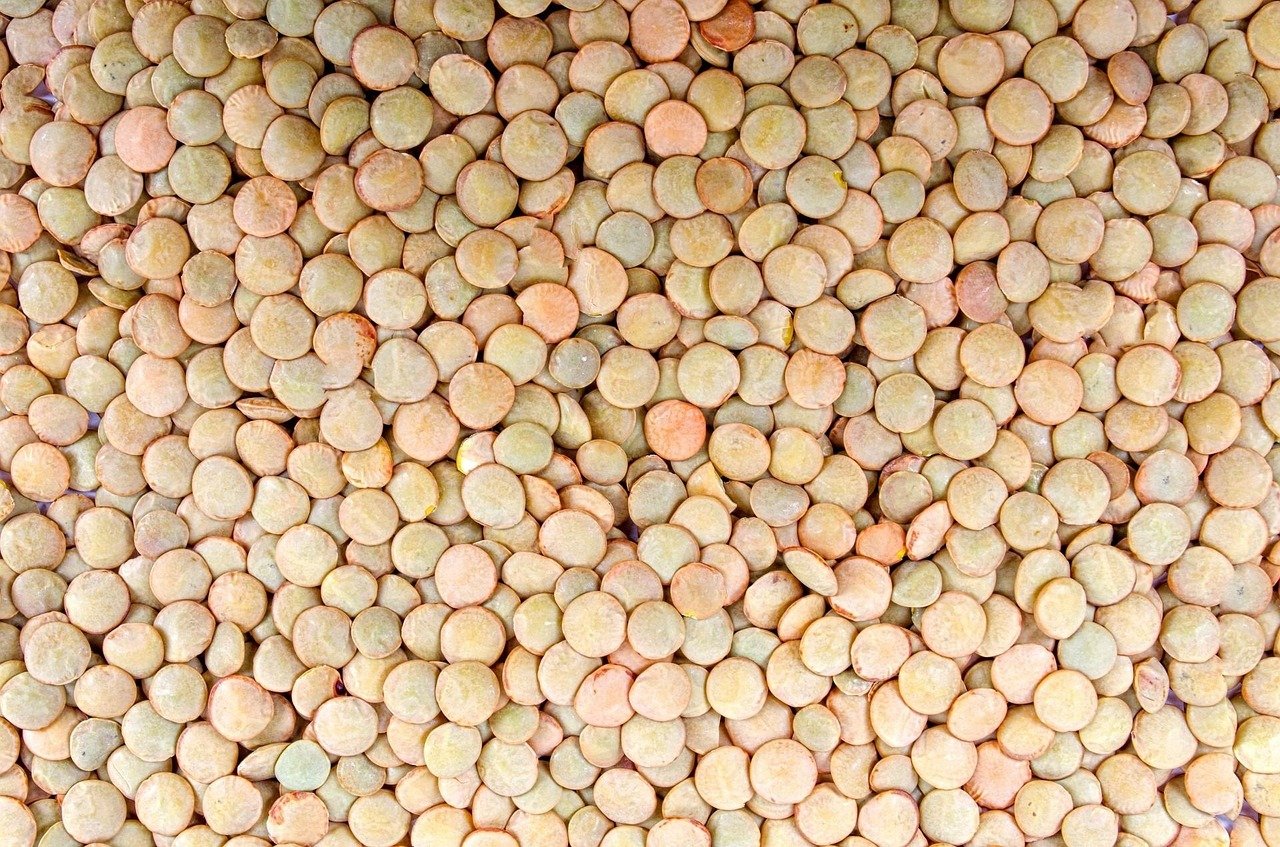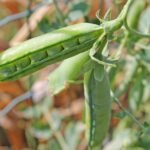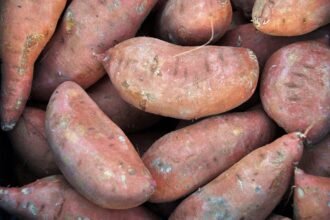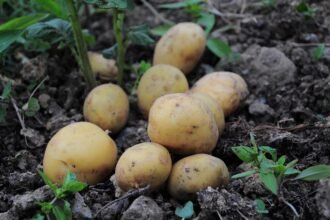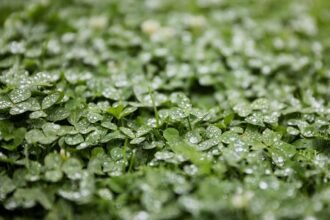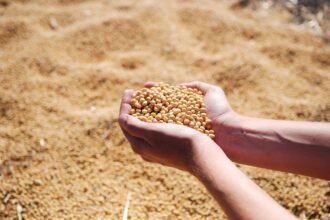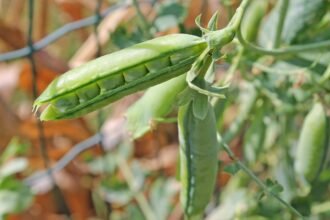Lentils (Lens culinaris) are one of the oldest and most widely grown pulses in the world. They are an important source of plant-based protein and essential nutrients, particularly in regions where animal protein is scarce. Lentils are grown primarily for human consumption, but they are also used as animal feed. Known for their ability to fix nitrogen, lentils play a vital role in improving soil fertility and are often included in crop rotation systems. Proper management practices in lentil farming, including soil preparation, pest control, and irrigation, are essential to ensure high yields and maintain the quality of the crop. This guide provides detailed insights into the key aspects of lentil cultivation.
1. Soil Preparation and Fertility Management
Lentils thrive in well-drained, fertile soils. Proper soil management is crucial for maximizing the yield and quality of lentils.
Key Steps:
- Soil Testing: Before planting, conduct a soil test to assess the nutrient levels and pH of the soil. Lentils prefer slightly acidic to neutral soil, with a pH range of 6.0 to 7.0. If the soil is too acidic, apply lime to raise the pH.
- Tillage: Lentils do not require deep tillage. A shallow tillage depth of 10–15 cm (4–6 inches) is typically sufficient to prepare the soil and provide a good seedbed for planting.
- Fertilization: Lentils are nitrogen-fixing plants, meaning they can obtain nitrogen from the air through a symbiotic relationship with rhizobial bacteria. As such, they do not require a lot of nitrogen fertilizer. However, they do need phosphorus (P) for root development and potassium (K) for overall plant health. Apply phosphorus at planting and potassium during flowering. Avoid excessive nitrogen, as it may hinder nodulation and reduce pod production.
- Organic Matter: Incorporating organic matter such as compost or well-rotted manure can improve soil structure, water retention, and nutrient availability.
2. Selecting the Right Lentil Variety
Selecting the appropriate variety of lentils for your region is essential for achieving high yields and ensuring disease resistance.
Lentil Varieties:
- Green Lentils: The most common type, widely grown and used in a variety of dishes. Green lentils have a mild flavor and firm texture.
- Red Lentils: These lentils are smaller and cook faster than green lentils, making them ideal for soups and stews. They are often split and used for dals or other dishes.
- Yellow Lentils: Similar to red lentils, yellow lentils are commonly used in Indian cooking and have a milder flavor.
- Black Lentils (Beluga Lentils): Known for their black color, these lentils are often used in gourmet dishes and have a firmer texture.
- Disease-Resistant Varieties: Choose varieties that are resistant to common lentil diseases like Fusarium wilt, Ascochyta blight, and rust.
Choose a variety suited to your local climate, soil conditions, and market demand.
3. Planting and Sowing Techniques
Lentils should be planted using the correct techniques to ensure good seed establishment and optimal growth.
Key Steps:
- Planting Time: Lentils are cool-season crops and should be planted in early spring after the last frost, when soil temperatures reach 10–15°C (50–59°F). Lentils require a growing period of 90–120 days, depending on the variety.
- Sowing Depth: Lentil seeds should be sown at a depth of 2–4 cm (0.8–1.6 inches). Shallow planting can expose seeds to drying, while deep planting can delay germination.
- Row Spacing: The recommended row spacing for lentils is 25–40 cm (10–16 inches). This ensures sufficient air circulation and reduces the risk of disease.
- Seed Rate: The typical seed rate for lentils is 30–50 kg per hectare, depending on the variety and the desired plant density. A lower seeding rate results in better-quality seed, while a higher seed rate can lead to excessive plant competition.
4. Water Management
While lentils are drought-tolerant once established, they still require adequate moisture during key growth stages for optimal yield.
Key Steps:
- Water Requirements: Lentils require consistent moisture during germination and flowering. However, they are relatively drought-resistant during later stages of growth, making them suitable for dryland farming.
- Rain-fed vs. Irrigated Systems: Lentils can be grown under rain-fed conditions in areas with adequate rainfall, but supplemental irrigation may be required during critical growth periods in dry regions.
- Irrigation Techniques: Use efficient irrigation methods such as drip irrigation or sprinkler systems to avoid waterlogging. Lentils do best in well-drained soils, and over-irrigation can lead to root rot.
5. Nutrient Management
Lentils are low-input crops, but proper nutrient management is important to maximize growth and yield potential.
Key Steps:
- Nitrogen Fixation: Lentils can fix nitrogen from the air using rhizobial bacteria in the soil. Ensure the soil contains the appropriate strains of rhizobia for effective nitrogen fixation.
- Phosphorus and Potassium: Lentils require adequate levels of phosphorus for root development and potassium for plant health. Apply phosphorus at planting and potassium during flowering and pod formation.
- Micronutrients: Ensure adequate levels of micronutrients such as boron, zinc, and molybdenum, which are essential for optimal growth and seed formation.
6. Weed Control
Weed control is crucial in lentil farming, as weeds compete for nutrients, water, and light.
Key Steps:
- Pre-emergence Herbicides: Apply pre-emergence herbicides to control weeds before lentil plants emerge. This helps to reduce competition from early-stage weeds.
- Post-emergence Herbicides: After lentils have emerged, use selective herbicides to control weeds without harming the crop.
- Manual Weeding: In smaller-scale farms, manual weeding may be necessary, especially during the early growth stages.
- Mulching: Organic or plastic mulches can be used to suppress weed growth and conserve moisture in the soil.
7. Pest and Disease Management
Lentils are susceptible to various pests and diseases that can affect their growth and reduce yields.
Common Pests:
- Aphids: Aphids can transmit diseases such as Lentil Chlorosis Virus (LCV). Use insecticides or natural predators like ladybugs to control aphid populations.
- Cutworms: These pests attack seedlings by cutting them off at the soil line. Use insecticides or plant collars to protect seedlings.
- Weevils: These insects can damage seeds. Proper storage and the use of insecticides can help manage weevil populations.
Common Diseases:
- Ascochyta Blight: A fungal disease that causes lesions on the leaves, stems, and pods, significantly reducing yield. Use resistant varieties and apply fungicides as needed.
- Fusarium Wilt: Caused by soil-borne fungi, Fusarium wilt can affect root health and plant vigor. Use resistant varieties and practice crop rotation to manage this disease.
- Rust: A fungal infection that reduces photosynthesis and weakens the plant. Resistant varieties and fungicide applications can help control rust.
- Integrated Pest Management (IPM): Adopt IPM practices by combining biological control, resistant varieties, and minimal pesticide use to manage pests and diseases effectively.
8. Harvesting and Post-Harvest Handling
Harvesting lentils at the right time is crucial to maintaining seed quality and minimizing losses.
Key Steps:
- Harvest Timing: Lentils should be harvested when the pods are dry and the seeds rattle inside. This typically occurs 90–120 days after planting, depending on the variety.
- Mechanical Harvesting: For large-scale operations, combine harvesters are ideal for efficiently cutting, threshing, and cleaning lentils, reducing labor costs.
- Manual Harvesting: In smaller farms, lentils can be harvested manually by cutting the plants and allowing them to dry in the field before threshing.
- Drying: After harvesting, lentils should be dried to a moisture content of 12–14% to prevent mold and fungal growth during storage.
- Storage: Store lentils in cool, dry, and well-ventilated areas. Use airtight containers or silos to protect the lentils from moisture and pests.
9. Sustainable Lentil Farming Practices
Lentils contribute to sustainable farming practices due to their ability to fix nitrogen in the soil, reducing the need for synthetic fertilizers.
Sustainable Practices:
- Crop Rotation: Rotate lentils with other crops like cereals or vegetables to improve soil fertility, break pest cycles, and reduce the risk of disease.
- Conservation Tillage: Use minimal tillage to reduce soil erosion, improve water retention, and enhance soil health.
- Water Conservation: Implement efficient irrigation systems and practice rainwater harvesting to conserve water and reduce environmental impact.
Conclusion
Lentil cultivation requires careful attention to soil management, water, pest control, and harvesting to ensure healthy plants and high-quality seeds. By following best practices for planting, pest management, and irrigation, farmers can maximize lentil yields and quality. Whether growing lentils for food or commercial purposes, understanding the technical aspects of lentil farming will help you succeed year after year.

